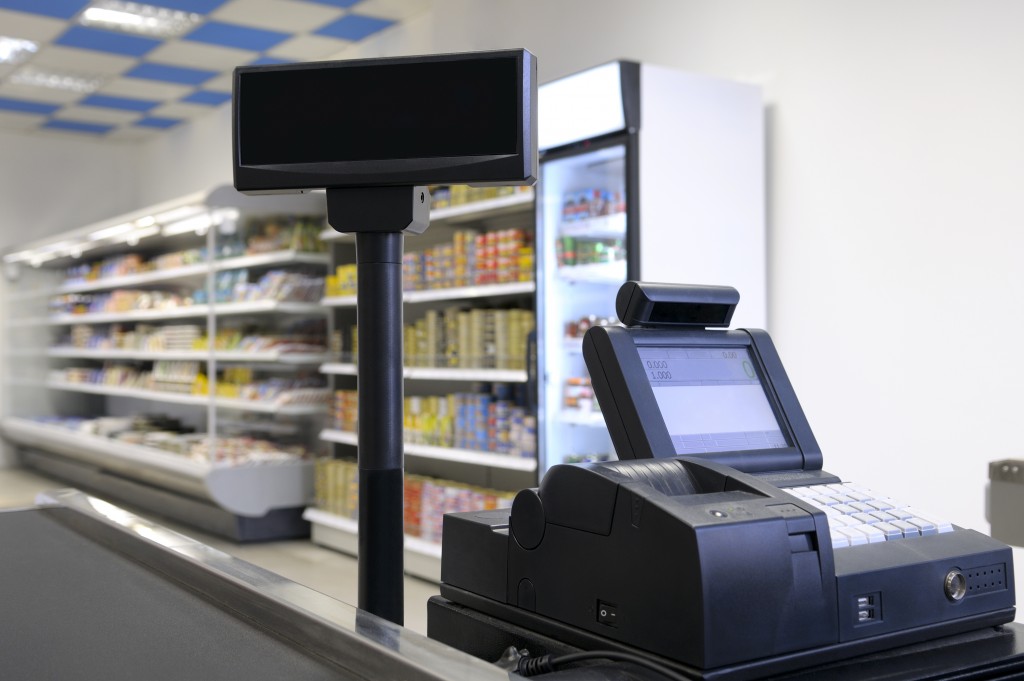A great menu and strong customer service are the foundation of any successful restaurant, but if you want to elevate your business to the next level, you also need to invest in good design and take comfort into consideration. All these qualities will make for a better dining experience and ensure that customers will keep coming back.
Whether you’re renovating an existing space or scouting for a new location, you need to think about how you’re going to utilize the area. And I’m not talking about the floor plan, although that’s also important. You have to consider things such as space utilization, balance, ambiance, and harmony. Your food might be the main attraction, but a well-designed interior will keep people in their seats.
A growing number of customers now consider restaurant design as an essential part of the dining experience. Here are a few design tips to get you started.
Think about your brand
How you want your target customers to perceive your brand informs many of your day-to-day business decisions, one of which is restaurant design. For instance, if you’re aiming for an upscale and sophisticated dining experience, you’re going to want to invest in tasteful decor, top-shelf silverware, and quartz countertops for the restrooms. Meanwhile, if you want something fast and casual, you can get away with fewer frills and focus on speed and efficiency.
Since branding and customer perception affects restaurant design, it’s important to finalize your restaurant concept before even thinking of designing a bare space. Try writing down a few ideas so you can make better sense of the final concept. Once you have an idea of what your restaurant is about, you can then start the design process.
Capacity affects the room’s ambiance
The more diners you can entertain at a time, the more money you earn. If you want to maximize your restaurant’s seating capacity, you can always go for the traditional cafeteria format, with its emphasis on efficiency and utility. Of course, your customers might not appreciate sharing a table with strangers, which is why you should strive for a balance between seating and ambiance.
If the restaurant looks and feels crowded, it could negatively impact customer perceptions of your brand. Issues such as increased noise and longer wait times could also arise. Run the numbers so you know how many people you need to sit at one time to break even. The goal is to reach nearly double that number. Once you have a figure in mind, you can then start thinking about spacing between the tables and the location of wait stations, among other things.
Pay attention to the uniforms
Your employees are representatives of your brand, so they need to be dressed accordingly. One aspect of the design process that many restaurateurs overlook is the employee uniform. A well-designed uniform helps inform customers about your brand, whether you operate a burger joint, a romantic bistro, or an experimental restaurant.
For instance, for a fast-food restaurant, you want the uniforms to be easy to clean and functional. Black slacks and a button-up shirt is a popular choice for casual restaurants. Meanwhile, formal wear is expected for fine dining establishments. You can also choose to incorporate your brand’s colors in the uniforms.
Check the temperature and ventilation

One of the most important aspects of restaurant design is temperature and ventilation. This goes beyond keeping your customers cool during the summer and warm during winter. A restaurant has two main spaces: the dining room and the kitchen. Both are interconnected, but they also need to be kept separate. Kitchens produce a lot of noise, odors, and heat, things you don’t want to leak into the dining room. If you invest in good ventilation, this shouldn’t be a problem.
You also need to monitor the temperature of the dining room. You might have to adjust the thermostat multiple times throughout the day, depending on the number of people in the room. The more crowded the room is, the hotter it will be. Air conditioning should be able to keep everyone cool, even if the room is at capacity. The same concept applies during the winter months. Your guests should be able to take off their jackets during dinner service.
An appreciation of the elements of good design can help you transform your restaurant to give your business the boost it needs. Balancing big-picture concepts such as branding and fine details like room temperature and employee uniforms will help you create a better dining experience for your customers.

